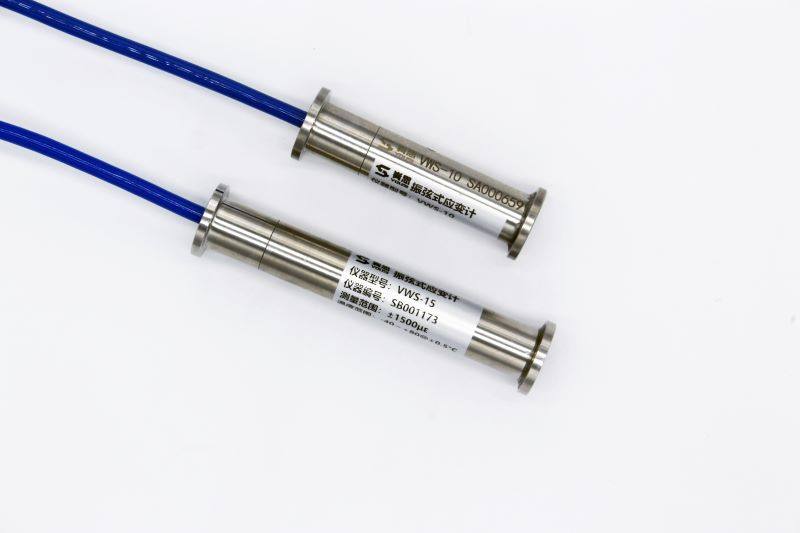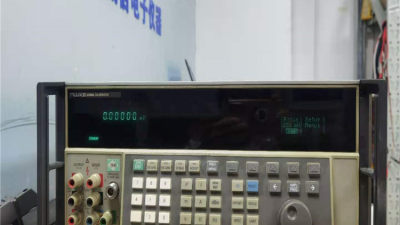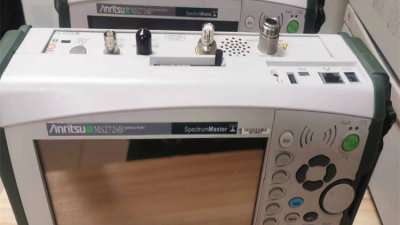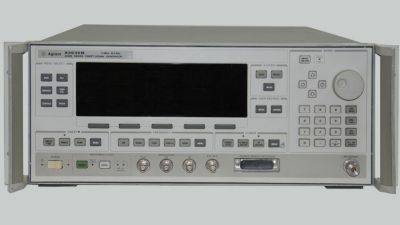Strain gauges are sensors used to monitor the deformation of structures. According to the arrangement of strain gauges,they can be divided into surface strain gauges,embedded strain gauges and stress-free strain gauges. Now many projects use vibrating wire strain gauges. Strain gauges,combined with buried stress-free strain gauges,can be used to observe stress and strain in concrete,with reliable performance and accurate measurement. The installation and embedding of strain gauges can directly affect the measurement results. In order for everyone to better use strain gauges,will introduce to you the installation methods of different types of strain gauges:

1. Installation method of embedded strain gauge
1. Installation process: First,select the test point according to the structural requirements,and install the strain gauge parallel to the structural stress direction. Use thin turns of wire to bind the strain gauge to the structural steel bar. The bundling position of the thin turns of wire should be 5mm inside the force-bearing handle of the strain gauge. Finally,the transmission cables are led out along the structural steel bars and bundled.
Note: The strain gauges and transmission cables should be bundled on the bottom side of the structural steel bars to prevent the direction of the strain gauges from changing or damaging the strain gauges and cables during vibration. Register the strain gauge number installed at each test point and save the record data in the sensor.
2. Protection: The protection of embedded strain gauges and transmission cables is the key to their survival rate after installation. Therefore,after installing the embedded strain gauges,cover the transmission cables with φ20PVC steel wire corrugated pipes for protection. If conditions permit,Introduce it into the automatic collection box and make sure that the steel wire bellows and wires are properly relaxed.
3. Observation and data recording and sorting: First,make a record of the sensor installation and archive it. The content includes the specific location of the embedded strain gauge,sensor number,burial installation date,weather conditions and installation personnel,etc. Secondly,make corresponding signboards and insert them at the transmission cable wiring location for marking. Special personnel should be arranged to take care of each process conversion to prevent the embedded strain gauges from being damaged due to construction or natural factors. Prepare the buried account of the embedded strain gauge as required.
2. Surface strain gauge installation method
1. Installation process: First select the monitoring point and install the strain gauge mounting base. The steel structure can be welded to the object to be measured. During welding,the strain gauge can be installed only after the welding joint has cooled to normal temperature. The height of both ends should be balanced. . Expansion bolts can be used on concrete structures.
2. Install the protective cover and fix it with rivets or glue.
3. Count the number of the surface strain gauge and record it together with the installation location.
4. After the sensor is installed and stabilized for two or three days,use a reading instrument to zero-adjust the offset value of the surface strain gauge. The deviation value measured in the future is the strain amount during relative zero adjustment.
5. Observation and data recording and organization: Keep records of the installation of strain gauges and archive them. The content includes the specific location of the surface strain gauge,sensor number,installation date,weather conditions and installer,etc. Make corresponding signboards and insert them at the transmission cable location for marking. Special personnel should be arranged to take care of each process conversion to prevent surface strain gauges from being damaged due to construction or natural factors.









0/300